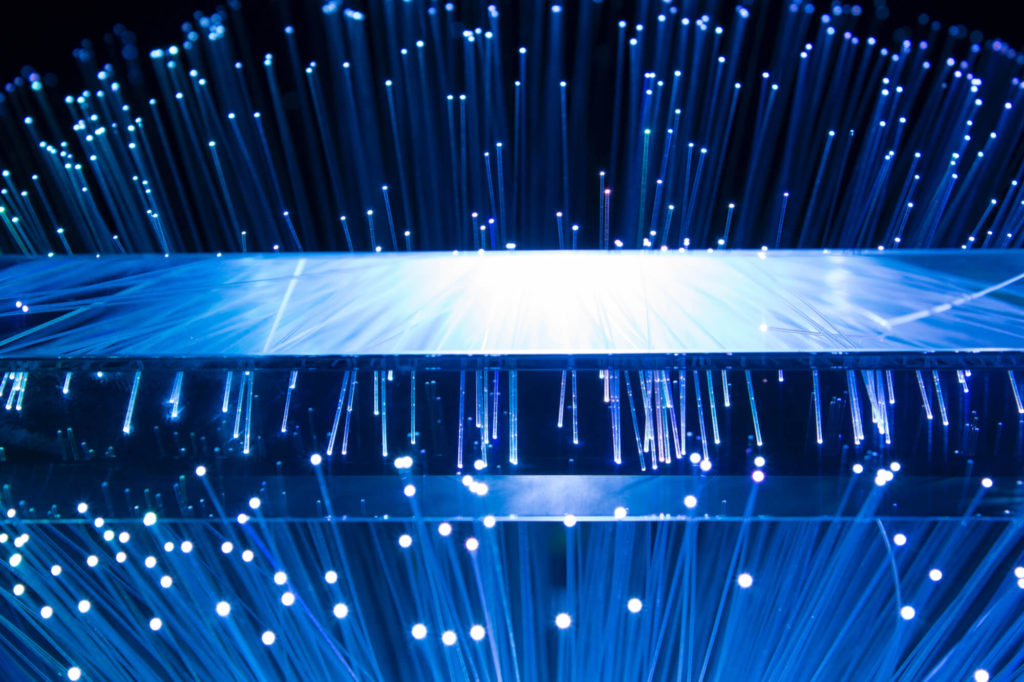We all know about UV rays, their effect on us, and the do’s and don’ts of protecting ourselves from it. However, the new generation is facing a very different issue that is entirely different from what their parents met.
You are living in a world filled to the brim with screens and chances are your children will live in it too.
These screens, along with all the lights around us, are increasing the levels of blue light emission. Consequently, the effect of blue light on our health and daily life also increases.
There have been numerous researches conducted by institutes like Harvard that study the effect of blue light on human health. So far, blue light affects our eyes in conditions like eye strain, dry eyes, watery eyes, and blurred vision.
The studies also explained the sources of blue light in addition to the apparent monitor, tablet, and smartphone screens. Of them, the most noted are sunlight, compact fluorescent light bulbs, fluorescent light, LED light, Flat-screen LED TV. The radiations, proximity, duration, and frequency of exposure all contribute to the harmful effects of blue light from all these sources.
Recent years have seen an increase in techniques and technologies to counter these effects and protect the eyes from blue light exposure. That is exactly what this article is all about.
Here, you will get to know of all the ways you can protect yourself and your children’s eyes.
The protection of eyes from every type of blue light
- The number one way to protect your eyes from blue light is to use blue light filter embedded technology. Embedded technology removes high energy blue light to 90% accuracy. It also results in up to a 99% glare reduction.
- Tinted lenses are anti-reflective lenses. These lenses have presented themselves to be an excellent solution as they significantly filter out the blue light through yellow tints. These tinted lenses reduce glare and increase contrast.
- The intraocular lens (IOL) is also an effective way to naturally protect eyes from most blue lights and all ultraviolet lights.
- You can also try turning the screen of your phone red at night with Night Flux or F.Lux. this reduces the amount of blue light emission as well as the strain on your eyes caused by it.
- Filter screens are now available for all the digital surfaces you can think of, including smartphones.
- Blue light lens coatings done on glass surfaces not only help protect eyes from blue light, but they are also inexpensive.
- You can also try avoiding or limiting your exposure to technology. If you are not constantly staring at a digital screen, that can significantly reduce eye strain.
- Take frequent rests. To do this effectively, you can try the 20-20-20 rule, i.e., focusing on anything 20 feet away every 20 minutes and holding that focus for 20 seconds.
Bottom line:
Blue light is not all bad. It is even good for your health. An appropriate amount of blue light can make you more alert, help with your cognitive and memory functions. However, we put a great deal of emphasis on the words “appropriate amount.” Too much of anything is wrong. You know the harmful effects of it, and you are aware of how to protect yourself and your kids.




